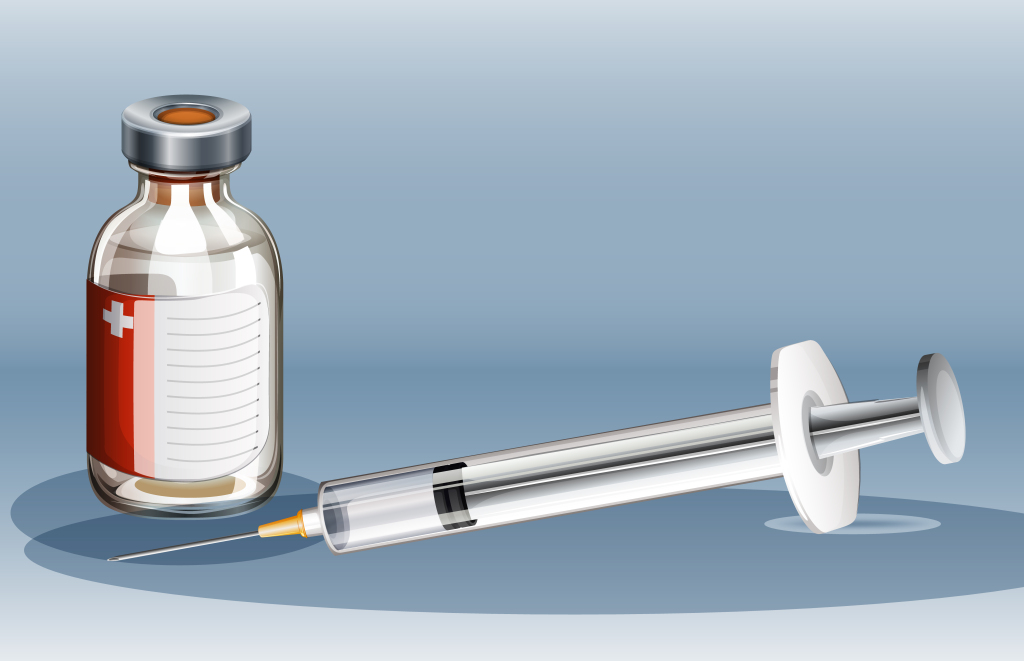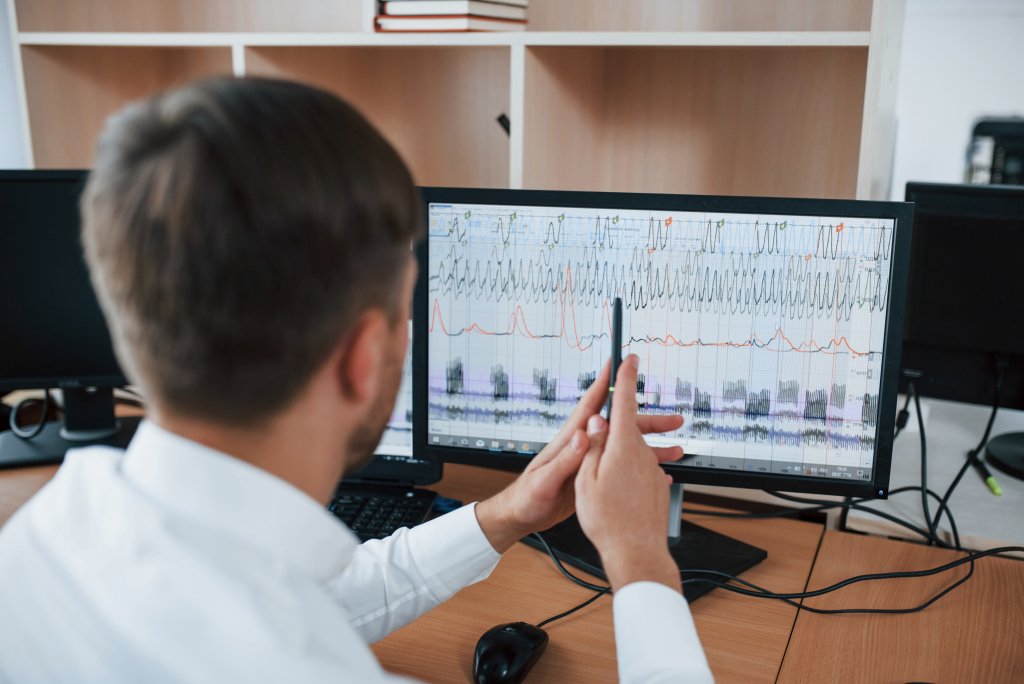Torticollis is a condition that affects the cervical spine and can cause significant pain and discomfort. Over the years, researchers and medical professionals have been looking for new and more effective ways to treat this problem.
In this article, we will explore new advances in the treatment of torticollis and how they can benefit patients suffering from the condition.
CONTENT:
- Manual therapy and physiotherapy in the treatment of torticollis
- Botulinum toxin (Botox) injections
- Virtual reality (VR) technology and biofeedback
- Therapy through specific exercises
Manual therapy and physiotherapy in the treatment of torticollis
Manual therapy and physiotherapy are a mainstay in the treatment of torticollis, offering patients multiple benefits in managing and alleviating the symptoms of this condition. Through these methods, therapists focus on improving neck mobility, relaxing tense muscles, and restoring proper alignment of the cervical spine.
An essential component of manual therapy and physiotherapy is the use of various techniques aimed at releasing tension and improving neck function. Specific stretches and mobilization exercises are used to increase flexibility and range of motion in the cervical joints, helping to reduce stiffness and pain.
Therapeutic massage is another method frequently used in manual therapy for torticollis. Also, massage relaxes tense neck and back muscles, improving blood flow to reduce discomfort and inflammation.
 Botulinum toxin (Botox) injections
Botulinum toxin (Botox) injections
In severe cases of torticollis, especially when other treatment methods have not been successful, botulinum toxin injections, known commercially as Botox, offer an effective therapeutic option. This procedure involves injecting botulinum toxin directly into the affected neck muscles.
The mechanism of action of botulinum toxin is to temporarily block the nerve signals that cause excessive muscle contraction. By inhibiting excessive muscle activity, botulinum toxin helps to relax tense muscles in the neck area, thus reducing the symptoms associated with torticollis.
The benefits of Botox injections in the treatment of torticollis are evident in a number of clinical studies and in medical practice. However, patients who receive these injections often report a significant reduction in pain and muscle stiffness, thereby improving neck mobility and quality of life.
 Virtual reality (VR) technology and biofeedback
Virtual reality (VR) technology and biofeedback
The use of virtual reality (VR) technology and biofeedback represents a significant innovation in the treatment of torticollis, offering patients new ways to improve control and awareness of their neck position. Through these advanced technologies, therapists can create customized virtual reality programs and biofeedback devices to help patients correct their posture and relax tense muscles in real time.
A key benefit of virtual reality technology in torticollis treatment is its interactive and immersive nature. However, patients engage in virtual environments simulating daily activities, practicing neck movements safely. Through these simulations, patients can learn to correct their posture and adjust their movements according to their individual needs.
Biofeedback is another important component of this modern therapeutic approach. Also, Biofeedback devices monitor muscle activity and neck position, offering real-time feedback to patients. Real-time feedback helps patients become more aware of movements and make corrections for better posture and neck mobility.
By blending virtual reality and biofeedback, therapists craft tailored therapeutic programs for each patient. These technologies offer an effective, interactive way to improve movement control and reduce torticollis symptoms.
 Therapy through specific exercises
Therapy through specific exercises
Specific exercise therapy is a crucial aspect of torticollis treatment, giving patients the opportunity to strengthen and restore neck function. Exercises for torticollis target muscle and posture issues, enhancing mobility and comfort.
Physical therapists tailor exercises to patients’ needs, considering torticollis severity and physical condition. These exercises may include specific stretches for the neck and back muscles, thereby helping relax and stretch tense muscles.
In addition, neck muscle strengthening exercises are especially important in treating torticollis. Through exercises, patients strengthen neck muscles, improving stability and reducing recurrence risk.
Recent years have seen significant advancements in treating torticollis, providing patients with new options and resources for managing the condition. With innovative methods like manual therapy, Botox injections, and modern technologies, torticollis sufferers find relief and improve life quality. Patients should collaborate with medical professionals to find the best treatment for their needs.


